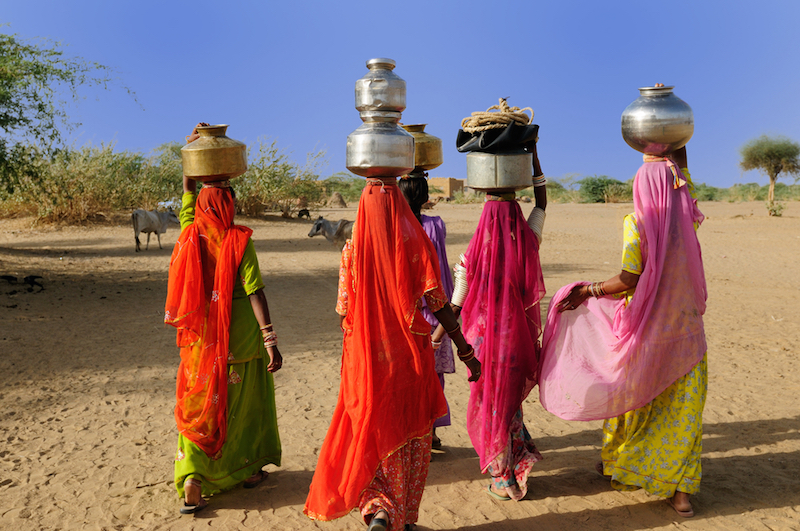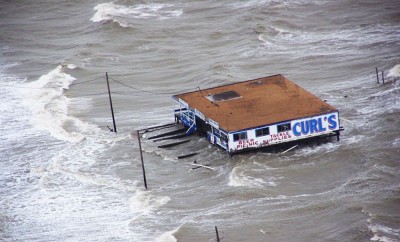Adventure Travel
Major South Asian water source too contaminated for use

Image: Rafal Cichawa/Shutterstock
According to a recent study published in the journal Nature Geoscience, a river basin providing water to more than 750 million people may now be too contaminated for drinking or irrigation. The research indicates that the Indo-Gangetic Basin, located along the northern border of India, is now more than 60% polluted with harmful amounts of salt and/or arsenic, rendering it unusable for either human consumption or agriculture. This finding indicates that contamination of the groundwater is a greater threat to the region than water depletion—the concern of previous research—as basin water levels now appear to have remained stable, and even risen in some areas.
Teams of scientists from effected areas of Bangladesh, Nepal, Pakistan and India pooled their data to determine the possible toxicity of the Indo-Gangetic Basin, which contributes to some of the world’s fastest growing “mega-cities,” like Dhaka and Delhi. The authors of the report described the two biggest areas of concern within the study were salinity concentrations and arsenic, with research depths of up to 650 feet measuring toxic amounts of either one substance or the other. Groundwater stored in the basin was 23% too salty, while 37% contained toxic levels of arsenic.
How did it get this way?
“Elevated arsenic is primarily a concern for drinking water, while salinity affects irrigation and also the acceptability of groundwater for drinking,” the team of researchers explained. Salt content can increase naturally, or due to man-made reasons, such as poorly constructed farmland irrigation systems, or inefficient drainage systems. Arsenic is also a naturally occurring substance, but mining and widespread use of phosphate fertilizers can spike amounts in water to unusable levels. The World Health Organization advises that long-term exposure to arsenic can lead to cancer, skin lesions, and severe cognitive impairment in children.
Salt concentrations have predominantly risen due to the increased use of the Ganges and Indus rivers for irrigation, according to the study’s lead scientist, hydrogeologist Alan MacDonald. MacDonald explains, “If you tap these rivers, which would naturally flow out to the sea with their natural salt content, [that] accumulates their salt content, which just gets flushed back into the groundwater.” He later added, “Where we looked, we found problems with nitrates and pesticides, but there wasn’t enough data for us to map them out across the whole region.” MacDonald also shares that the arsenic content is impacted by the regional increase of groundwater usage, especially as climate change shifts the rain patterns of area monsoons.
Up to 20 million wells source their water from the Indo-Gangetic basin, annually. Groundwater in this region is freshwater, which has been stored underground in spaces fed by rivers and rainfall. On a global scale, the basin is used for around 1/4 of all the world’s groundwater extraction.
How does the future look?
For the future, MacDonald believes his research will lead to improvements of the water basin, motivated by such actions as managing the levels in the aquifer, and limiting good quality water beside arsenic-tainted areas to drinking use, rather than other activity or irrigation. The four nations impacted by the news will now need to strategize with scientists to determine the best protective measures over their precious water supply.





0 comments